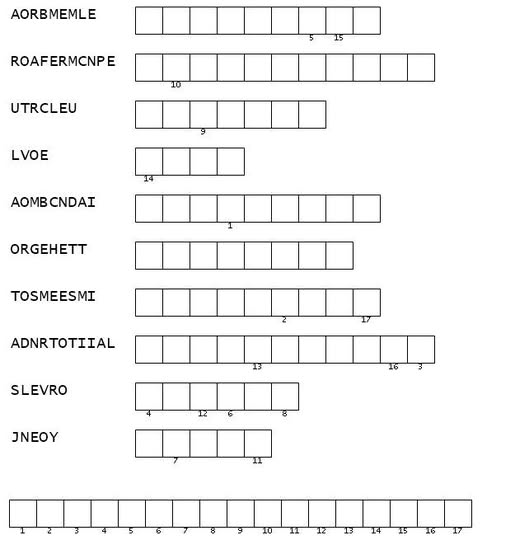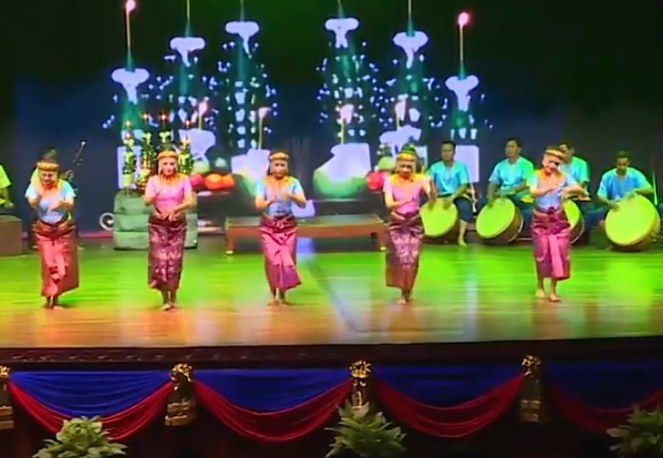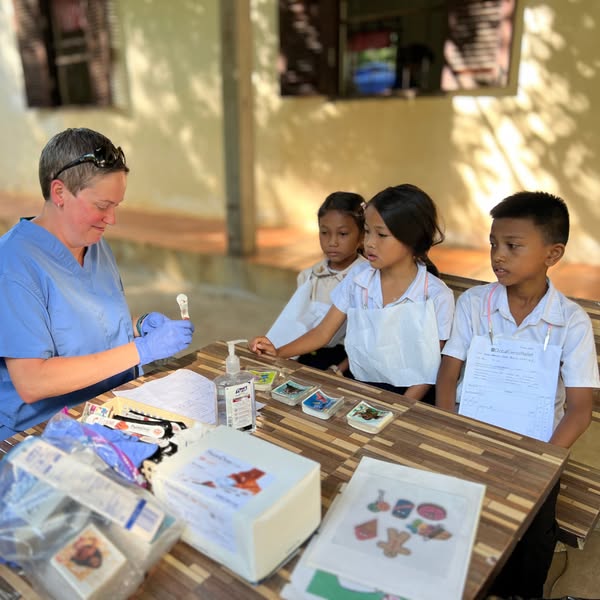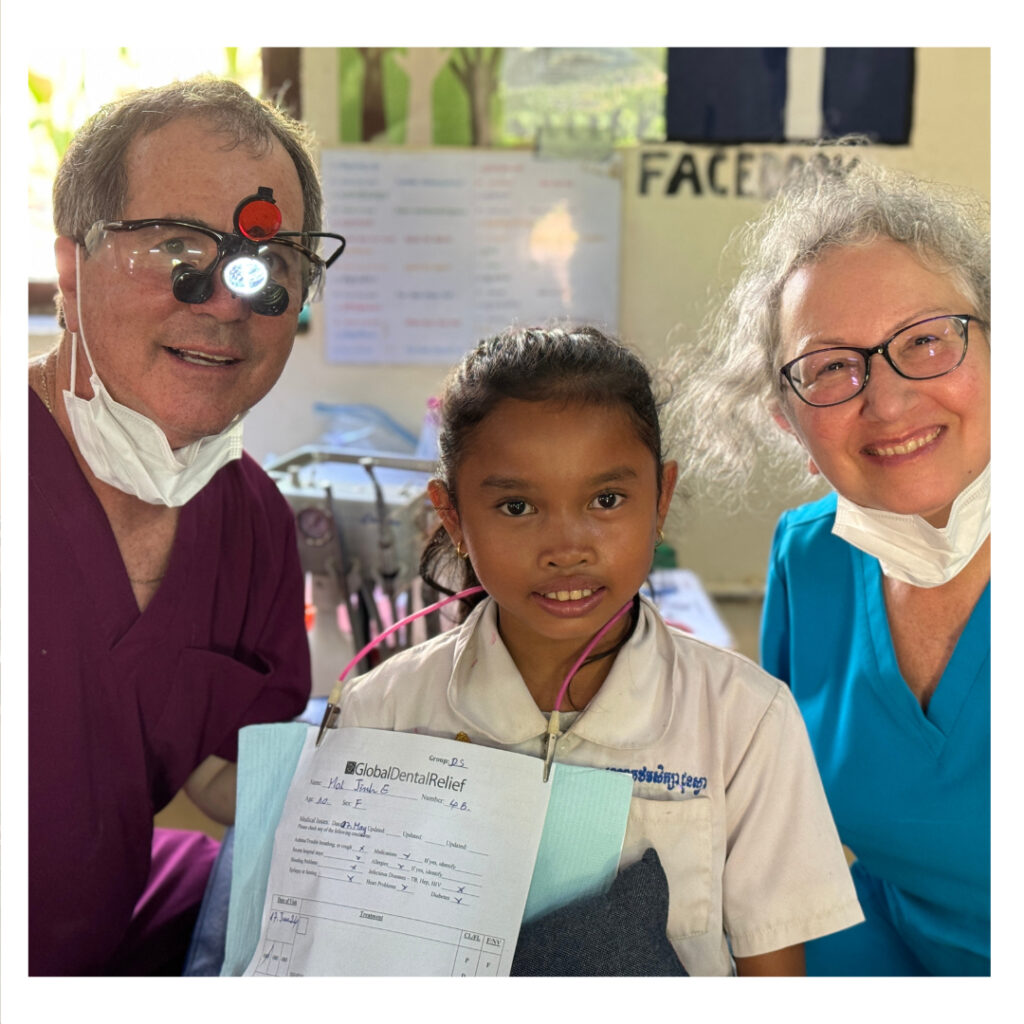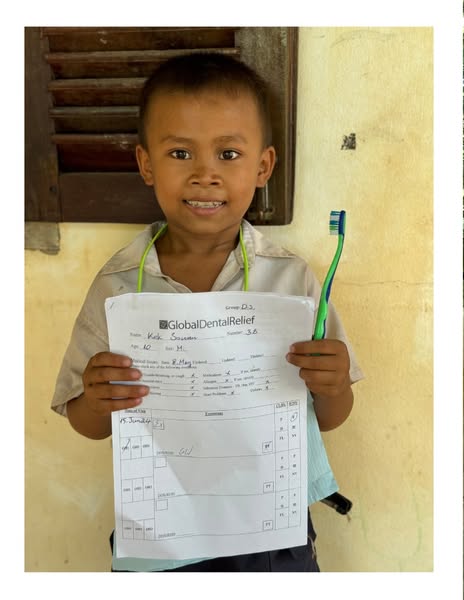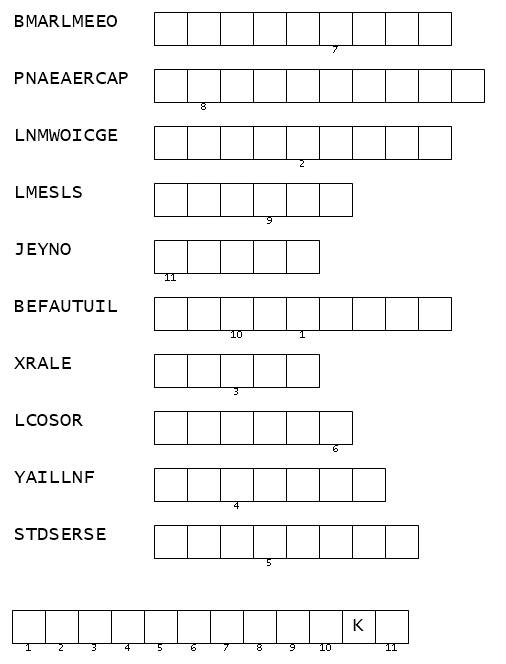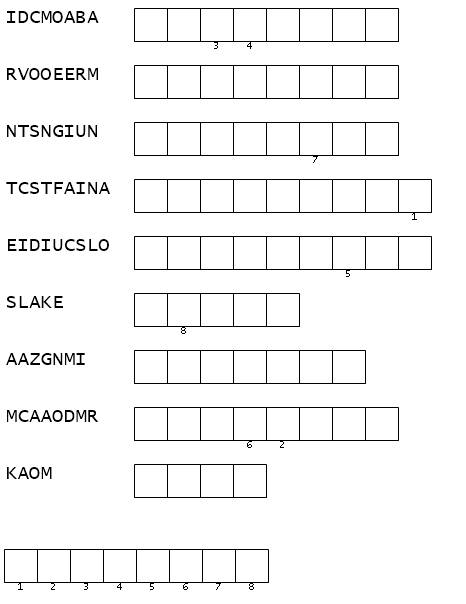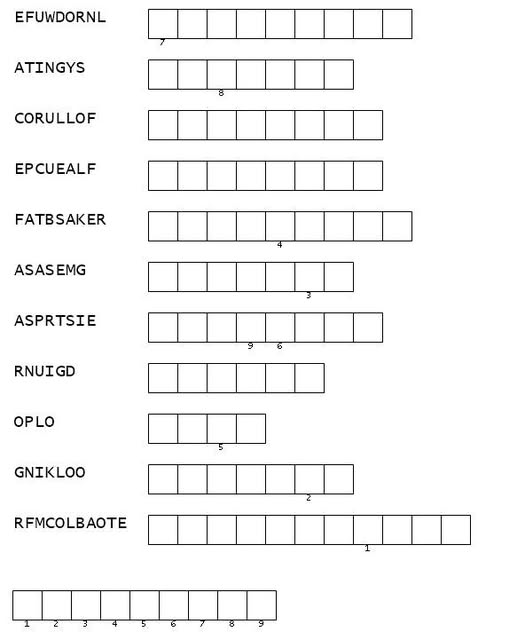A couple from Australia approaches the front desk, they are having tickets for a Tom Teac performance, but have no idea of what to expect – you do!
„Tom Teav“ is a famous play from Cambodia, much like „Romeo and Juliet.“ It is performed in a traditional style called Yike, which ________________ music, dance, and acting. The story is about a young monk named Tum and a beautiful girl named Teav. They fall in love, but their love faces many problems.
Tum and Teav love each other ________________, but their families and society do not approve. They want Tum and Teav to follow different paths. This causes a lot of __________________ and trouble for the young lovers. In the end, their love story is very tragic, as they cannot be together.
The performance of „Tom Teav“ is very colorful and beautiful. Actors wear traditional costumes and sometimes masks. They use graceful dances and sing most of the story in a poetic way. Traditional Cambodian __________________ like the chapei (a type of lute) and the tro (a type of fiddle) are played.
„Tom Teav“ is very important in Cambodian culture. It helps keep old traditions alive and teaches young people about their _________________. Watching „Tom Teav“ is a great way to learn about and enjoy Cambodian culture. If you visit Cambodia, seeing this play can be a memorable ______________________.
FILL IN: heritage – sadness – includes – graceful – instruments – deeply – experience – story
################################
Some useful vocabulary:
1. **Perform**: To do something, like singing, dancing, or playing music, in front of people.
2. **Acting**: Pretending to be someone else, usually in a play or movie.
3. **Approve**: To say something is good or okay.
4. **Sadness**: A feeling when you are not happy and feel bad.
5. **Graceful**: Moving in a smooth and beautiful way.
6. **Heritage**: The traditions, stories, and culture that are passed down from older people to younger people.
7. **Enjoy**: To have fun and feel happy doing something.
8. **Memorable**: Something so special or good that you will remember it for a long time.
################################
ANSWER THE FOLLOWING QUESTIONS
1. What is „Tom Teav“ often compared to?
2. What traditional style is „Tom Teav“ performed in?
3. Who are the main characters in the story of „Tom Teav“?
4. What challenges do Tum and Teav face in their love story?
5. How does the story of „Tom Teav“ end?
6. What elements are included in a performance of „Tom Teav“?
7. What type of costumes do actors wear in „Tom Teav“?
8. What instruments are used in the music for „Tom Teav“?
9. Why is „Tom Teav“ important in Cambodian culture?
10. What can watching „Tom Teav“ teach people, especially the younger generation?
################################
Twelve multiple-choice questions – more than 1 answer may be correct:
1. What is „Tom Teav“ often compared to?
– a) „Hamlet“
– b) „Macbeth“
– c) „Romeo and Juliet“
– d) „The Tempest“
2. What traditional style is „Tom Teav“ performed in?
– a) Lakhon
– b) Yike
– c) Ramayana
– d) Shadow Puppetry
3. Who are the main characters in the story of „Tom Teav“?
– a) Tum and Teav
– b) Tum and Teav’s parents
– c) Tum and Teav’s friends
– d) Tum and Teav’s teachers
4. What challenges do Tum and Teav face in their love story?
– a) Family disapproval
– b) Societal rules
– c) Personal desires
– d) Lack of love
5. How does the story of „Tom Teav“ end?
– a) Happily ever after
– b) In a tragic way
– c) With Tum and Teav getting married
– d) With Tum and Teav unable to be together
6. What elements are included in a performance of „Tom Teav“?
– a) Magic tricks
– b) Music
– c) Dance
– d) Acting
7. What type of costumes do actors wear in „Tom Teav“?
– a) Modern clothes
– b) Elaborate traditional costumes
– c) Simple everyday clothes
– d) Uniforms
8. What instruments are used in the music for „Tom Teav“?
– a) Guitar
– b) Chapei
– c) Piano
– d) Tro
9. Why is „Tom Teav“ important in Cambodian culture?
– a) It keeps old traditions alive
– b) It teaches young people about their heritage
– c) It is the only form of entertainment in Cambodia
– d) It is a recent cultural addition
10. What can watching „Tom Teav“ teach people, especially the younger generation?
– a) About Cambodian traditions
– b) About Cambodian history
– c) About Cambodian modern life
– d) About Cambodian heritage
11. How is most of the story in „Tom Teav“ told?
– a) Through talking
– b) Through dancing
– c) Through singing
– d) Through mime
12. What can visitors to Siem Reap do to experience „Tom Teav“?
– a) Read about it in a book
– b) Watch a performance at local theaters
– c) Attend cultural centers
– d) Look for it in modern cinemas
################################
FIND THESE WORDS – and the word at the end
